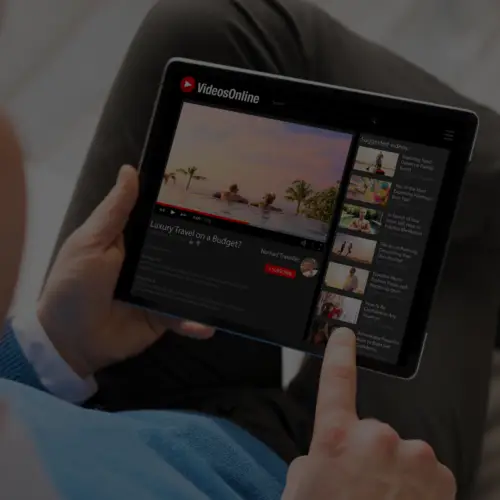09 Apr Managing Twitter Accounts for Companies
At the behest of @influxed and @ashtonmae, I decided to do a brief round up of some best practices when managing the Twitter account for a company. There are companies that entrust their Twitter activities to a team of people, especially when updates need to be timely (a news organization, for example). But because Twitter is a conversation, you have to be careful with the whole concept of “ghostwriting,” and extra careful with the company’s image. Once you tarnish that, it’s a struggle to rid them of the stain.
Here are a couple of things to keep in mind:
Transparency –
If you are part of an obvious team Twitter management strategy, no one is going to pitch a fit. People expect that of, CNN, for example, because there is just too much information to convey. It would be bad form, however, to pretend to be someone that you aren’t. Dunkin’ Donuts, for example, is tweeted for by Dunkin’ Dave. It says so in his profile, so people would feel upset if they found out that there were actually other people standing in for Dave. They would feel lied to, and last time I checked, that isn’t a good ploy for inspiring consumer confidence.

Motivation –
This leads me to the next point: you should know why the company has decided to be on Twitter in the first place. Knowing why your client or company is on Twitter will help you establish a “voice.” If it’s for customer service purposes, then having a team working with the Twitter account makes sense. If it’s supposed to be a stream-of-consciousness feed, direct from the CEO’s brain, then that is who should be doing the twittering.
Tweeting specials, discounts, and deals is one thing, but when giving a company’s Twitter feed some personality, having a face attached is much more effective.
Unless having an anonymous Twitter-er matches the company’s personality. See also: Popeyes Chicken.
Know Your Stuff –
This sounds obvious, but unfortunately, it isn’t. If you’re managing a Twitter account for a company or client, make sure you know your stuff. Be well-versed, and if you aren’t, ask questions. Don’t ever tweet something that you aren’t 100% sure of, otherwise you invite one of the Twitter-bourne catastrophes that have unfolded recently.
Monitor Your Rep –
Keep tabs on what people are saying about your client or company’s Twitter presence by using any of the myriad of Twitter tracking programs. If they aren’t warming up to a steady stream of specials and news, you might suggest that your client begin infusing a bit of personality. This is where the “voice” of the company comes in, which is why it pays to have copywriters on hand. Because just like any other piece of marketing collateral, your client’s Twitter stream should maintain their voice.
For more great examples of what companies are doing on Twitter, visit Mashable’s post on the best Twitter brands.






